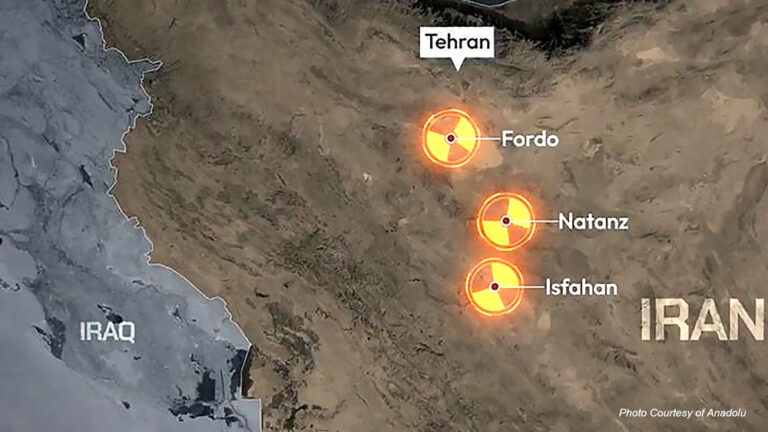A keen swimmer, Craig Moss grew up near the tiny coastal town of Eden in New South Wales, Australia. He shared the water with three of the world’s most dangerous sharks, known to hunt seals, a main food source, and even humpback whales migrating up and down Australia’s eastern seaboard.
Though undeterred in his youth by the potential danger beneath the waves, Moss always knew these predators — specifically great whites, bull and tiger sharks — could sometimes mistake humans, particularly surfers out deep, as seals. While the risk of an attack is very small, the beach and ocean are important to many Australians, and so confrontations with sharks strike at the heart of the national psyche.
Moss isn’t alone in wanting to protect a habitat where both man and beast can co-exist. A whole industry is developing around shark detectors and deterrents, aimed at keeping the waters safe for swimmers, surfers and the sharks themselves. These include everything from underwater barriers and rubber electric fences, to personal devices worn by surfers.
Testing the water
Moss’s Eco Shark Barrier was tested at Coogee Beach in Western Australia last year, and is again being used there this year. Now the government of NSW is installing the barriers at six beaches near Ballina.
Another product launched earlier this year was a magnetic shark deterrent worn on the wrist or ankle that “disrupts the shark’s senses,” said Charmaine Wilson, CEO of SharkBanz Asia Pacific. “The closer they get to the magnet the more uncomfortable it become until it is unbearable at just under a metre.”
Developed in the US and manufactured in China, each Sharkbanz costs A$149 ($106). Wilson said demand in northern NSW has been phenomenal, where demand has outstripped supply of the watch-sized units.
“It has been huge,” Wilson said. “It is a different business to manage than what we were expecting that’s for sure. It is quite a big market now.”
Extra eyes and ears
Rather than deterring sharks, some companies are directing their efforts on detection. One example is a type of sonar buoy that can identify the shape of sharks in the water and relay that information back to shore.
Known as the Clever Buoy, it sends sonar signals to a satellite and a text message to lifeguards onshore when a shark is detected. Developed by Perth-based Shark Attack Mitigation Systems, along with Google and telecom firm Optus, the buoy has been tested at Sydney Aquarium to allow it to recognise different types of sharks to distinguish between the harmless versus harmful ones.
While buoys monitor shark activity at sea level, drones will provide the eyes in the sky above popular beaches and will provide real-time vision of the surf. While, at time of writing, the NSW government said no contracts had yet been signed with drone companies, volunteers with private drones have been helping surf clubs in northern NSW. A 2013 Australian study found that drones may be more accurate and cheaper to employ than helicopter or fixed wing surveillance.
Leading by example
Some of these shark deterrents are attracting interest from around the globe. Moss’s eco-barriers have attracted interest from seaside councils around Australia, and from authorities in Saudi Arabia, Mexico and Spain, he said.
“This barrier can be put in anywhere in the world and left in all year round no matter what conditions,” he said.
Conservationists have deemed successful the yearlong trial of his Eco Shark Barrier in Western Australia.
“No sharks penetrated the barrier and people were driving from hours away just to swim in the barrier to feel safer, so the public response was huge,” said conservationist Sharnie Connell.
Mesh nets are currently the most common method used. But mesh netting is a controversial method that environmentalists believe ensnare and kill many marine animals, including whales, dolphins and turtles.
No perfect solution
Dr Christopher Neff from the University of Sydney has estimated that state and federal authorities spent A$62 million ($44 million) in the past two years to detect, find, deter and kill sharks.
But he doubts that the investment will fully protect swimmers and surfers.
“We are a ways away from anything that works effectively,” Neff said. “We’re talking about wild animals here, so having any policy response that is going to shark-proof Australia isn’t really possible.”
Even so, with the Southern Hemisphere summer almost here, tourists are expected to flock to Ballina’s beaches in the coming months.
Mayor David Wright believes investing in shark prevention is money well spent. “We have a lot of people in the water and certainly got stacks of tourists and we envisage an even bigger crowd at Christmas time,” Wright said.
He does believe, however, that although safety in the water is improving, there are still risks for those who use Australia’s beaches.
“I still think a lot more needs to be done [to prevent shark attacks]. There are no actual answers yet.”(Phil Mercer)
Link: http://www.bbc.com/capital/story/20151125-how-shark-attacks-became-big-business-for-australia



